Medieval 2: Total War – Kingdoms Review
Medieval 2: Total War – Kingdoms
If Medieval 2 wasn't enough for you, this is what you've been wating for.
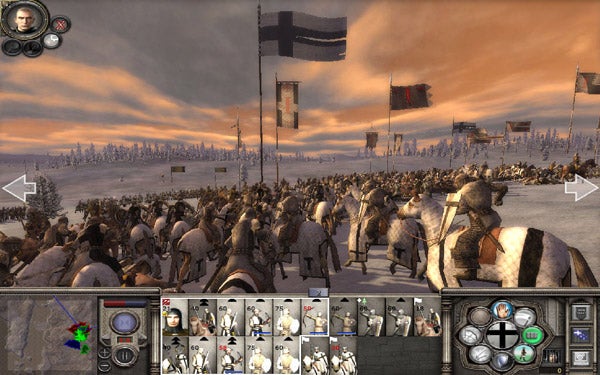
Verdict
Key Specifications
- Review Price: £12.95
In a way, Kingdoms is one of the most counter-intuitive expansion packs I’ve ever come across. The fact that it’s also one of the best is not entirely unconnected.
Let me explain. A major part of the appeal of Medieval 2 – and indeed of the whole Total War series – is its epic quality. Here is a game where you can decide the fate of Europe’s biggest nations at some of the most vital points in their history, and fight wars that range across and beyond the continent itself. Covering economics, religion, diplomacy and military might, it’s one of the most comprehensive historical strategy games around. You don’t really get much bigger! 
So it might seem strange that, while an ordinary expansion pack would simply make the game bigger still or extend it into a new era, Kingdoms actually represents a reduction in scale. It’s as if The Creative Assembly had decided to take a magnifying glass to the Medieval 2 map and concentrate on specific areas and specific points in history. We do get some new areas – specifically the Americas and an expanded Holy Land – but Kingdoms is all about taking things down a little, and getting stuck in a smaller campaign fought over a shorter period with fewer combatants and clearer, more straightforward goals.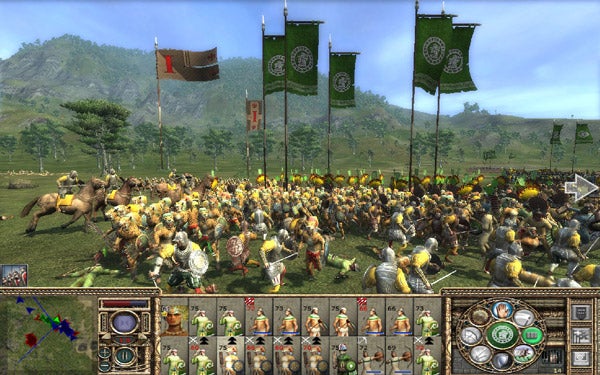
Don’t get too hopeful if you found Medieval 2 a little overwhelming at times; while Kingdoms is a little more approachable, the reduction in scale is accompanied by a rise in detail. Even if you’re dealing with one small island group – the British Isles – you still have a lot of cities, armies and personalities to deal with. In other words, the rich, ocean-deep gameplay of Medieval 2 is intact. If Medieval 2 was all about the big, sweeping picture – the headlines of the middle ages News at Ten – then this is the in-depth analysis; the game where you really get to grips with the workings of history. What’s more, the campaigns chosen have given The Creative Assembly scope to experiment with new styles of play and new challenges. And this is the key point in Kingdoms’ favour. Most expansion packs give you one new twist on the original experience. Kingdoms gives you four.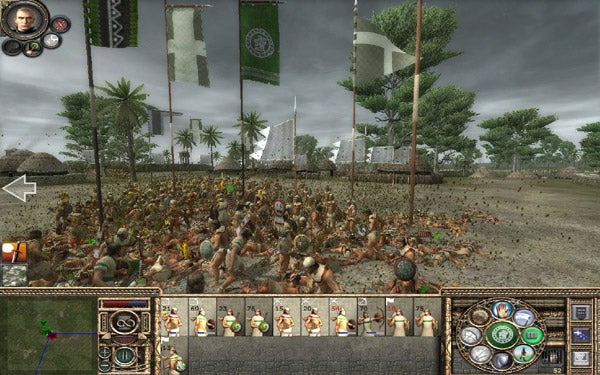
First up, Britain, 1258. The English under Henry III are in charge, but they’ve spread themselves too thin and the Welsh, Irish and Scots are beginning to hate their guts. In the meantime, the Norwegians have plans for the North-Eastern reaches, and grumpy Barons are looking for signs of weakness in case they can have a crack at the crown. Second, The Second Crusades in 1174. Christian Knights hold the lands along the Western coast, but the Turks and Egyptians want the Infidels out. Could this be the right time for the Byzantine Empire to seize the moment and recapture its past glory? Third, The Teutonic Campaign. It’s 1250 and the Teutonic Order has decided to wipe Pagan worship from Lithuania in the most bloody and brutal manner possible. Poland, Novgorod and Denmark, however, are concerned that the Order’s ambitions don’t stop there. Finally, America. It’s 1521 and the Conquistadors have come to plunder. Sadly for them, the Aztecs, Mayans and Apache aren’t going to sit around and watch their cultures crumble. Time to kick out Cortez and settle tribal differences, once and for all.
Each campaign really does have a different look and feel. Partly, it’s the settings – there’s a real contrast between the icy wilds of Lithuania and the arid desert of the Holy Land, and between the green fields of England and the humid jungles of South America. Mostly, however, it comes down to the factions involved, in the strengths they boast and the limitations that constrain them. For example, the English might have numerical superiority, but as their commander you find yourself constantly ‘fire fighting’ in Wales and Ireland, leaving you at risk should either Scotland rebel or your own Barons get ideas. As a result, you need to keep both the Scottish faction and the Barons happy in the early portion of the game or spread yourself too thin. Alternatively, if you fancy doing the Braveheart thing and fighting for the Scots or the Welsh, then you need to maintain a steady momentum of attack or find yourself stomped by superior English forces. You won’t spend so much time managing your cities and build queues, but you will face a considerable uphill struggle.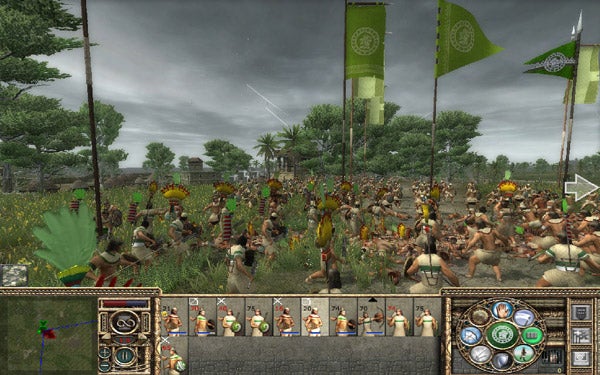
The Crusades, meanwhile, are complicated because they’re such a free-for-all. In military terms, it’s a great clash of cultures between the swift, hit-and-run tactics of the Turks and Egyptians and the heavy-duty infantry and cavalry of the knights. However, as either the Kingdom of Jerusalem or the Principality of Antioch, the economic side is a nightmare, and you’re constantly under attack from Egyptian or Turkish forces. The only way to avoid a continual battle just to maintain a foothold is to keep building steadily, complete your missions like a good boy, and keep things sweet with the holy orders, who provide a reliable source of superior fighting units. Throw in guilds of assassins and the opportunistic Byzantine forces – who have a nice line in low-tech flame-throwers – and you really need to keep on your toes in this one.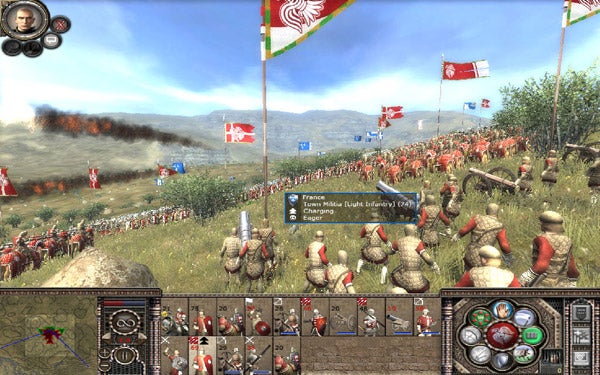
America represents an even bigger clash of cultures. On the one hand, the Conquistadors should have the upper hand. They have muskets, armour and heavy artillery, and strong naval units to distribute them along the coast. However, they also have a weak starting position, and are reliant on favour from the Spanish motherland to keep building resources and units. The Mayans, by contrast, have no decent technology and never will have, but what they do have is sheer weight of numbers. Throw enough ferocious jaguar warriors, javelin-throwers and – best of all – hornet throwers at the Spaniards and they’ll soon drop their muskets and run off back to their ships. 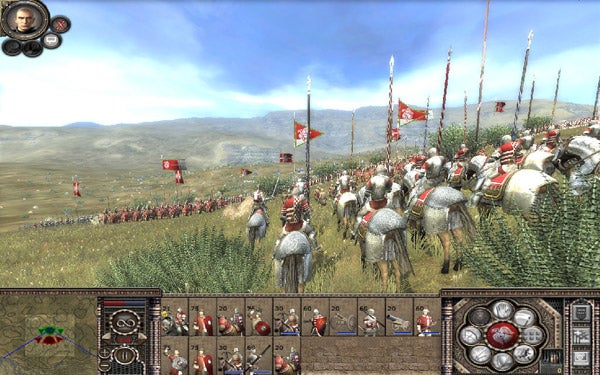
All of this is going to keep those of you who love the campaign mode very happy. This remains a complex game, requiring management of large numbers of units, various resources, a whole roster of priests, generals, merchants, spies and assassins, and at times it can be a bit like trying to play Civilization and Command and Conquer simultaneously. Having not played Total War for a while, I must admit that panic set in within minutes of starting my first campaign, and it took me a couple of hours to settle back into the stately rhythm of the activity on the campaign map, then grow accustomed to the speed of action in the battle scenes. Still, given that time I found myself totally absorbed in that dangerous “I haven’t checked the clock but I’m sure it’s just past 3am and I have work in the morning” sort of way. 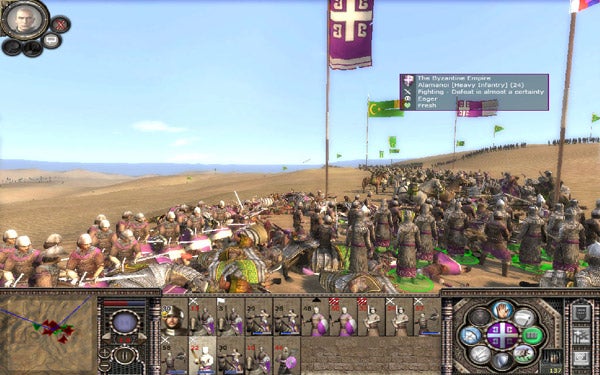
Of course, not everyone likes to dig in for the full campaign. Still, even if you prefer to skip straight to the big battles there’s enough here in terms of new units and new enemies to put a big, whacking grin on your face. It’s a bit disappointing that each campaign runs light on historical battle scenarios (at a mere two apiece) but at least you can set up your own and still get the most from the weird and wonderful new troop types involved without having to get stuck into the wider Total War experience.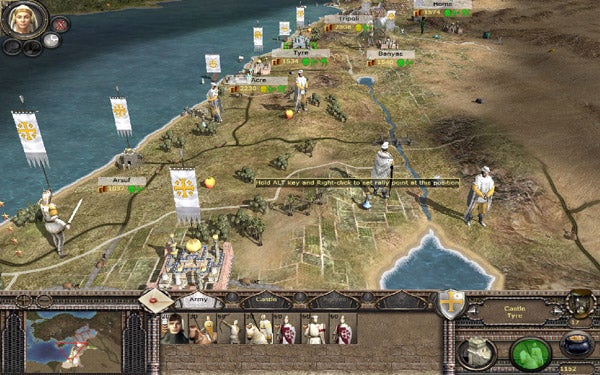
It’s in the showpiece battles, however, that some of Medieval 2’s problems are still apparent. Let’s kick off with performance. There’s no doubt that, running at full-tilt with all the options ticked, Kingdoms is an absolutely glorious visual experience. Combine the sheer scale of it all with the atmospherics, particle effects and glinting armour, and a full-scale battle is really something to behold. The Crusades campaign regularly brings to mind Ridley Scott’s Kingdom of Heaven, but with the benefit of not having a wet Orlando Bloom in a central role. Sadly, there’s also no doubt that Kingdoms is extremely CPU intensive. It doesn’t matter whether you have a GeForce 7600GT or an 8800 Ultra – if you haven’t got a Core 2 Duo or a high-end Athlon 64 X2 then the game is going to slow down significantly during the bigger battle sequences. That’s hardly its fault – more a sign of its ambition – but it’s something you should be wary of.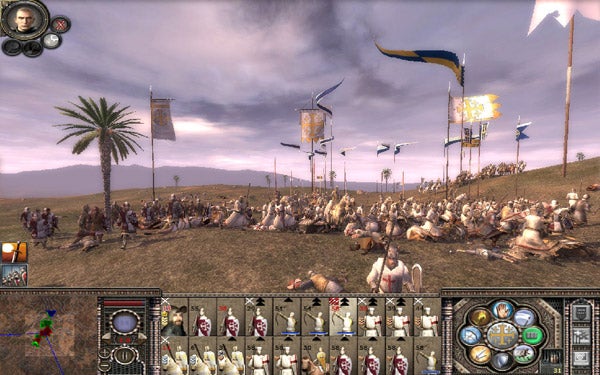
More seriously, there are isolated times when the game’s AI seems to have dropped off for a quick snooze, or suffered from some bizarre mental breakdown. The AI in Medieval 2 has always been a bit controversial, particularly among those looking for a high-end military war game, but I’ve generally found that it strikes a fair balance between punishing you when you’re stupid and rewarding you when you come up with a basic decent plan and then respond to new developments as they occur. In Kingdoms, however, it is occasionally just plain stupid. I’ve seen the AI throw its entire, far larger force over and over again at a castle gate, only to be cut apart by a small group of archers, knights and infantry. If only they had remembered the totally undefended ladders on the walls they placed early on – then I might have been in trouble, and they might have been spared a catastrophic defeat. 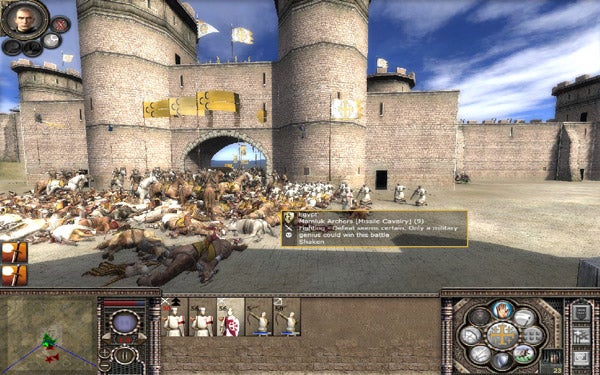
Worse, I’ve had several examples where troops proved utterly unable to navigate the scenery. In one fortified South American village, my Mayan troops were able to capture and hold the central plaza while 50 per cent of the hostile forces remained stuck in an odd holding pen just a hundred metres or so away. As my troops were unable to get to them, I had to finish the battle by mowing them down over several minutes with fire arrows and thrown javelins. I’m confident this sort of thing will be patched and fixed with time, but it’s still a bit embarrassing when it occurs.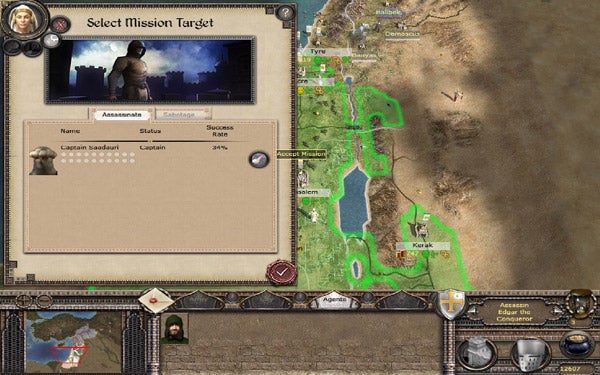
Still, I won’t drone on about this, or about the technical issues a minority of users – particularly those using Windows Vista – are experiencing. It’s a bit of a shame that the retail version will only upgrade retail versions of the game but not digitally distributed versions, and visa-versa, but while this is confusing it’s hardly a deal-breaker. Instead, I’d just like to end by re-emphasising what a rewarding and value-packed expansion this is. Each campaign will suck up hour after hour of play, and remind you just why Medieval 2 was so good in the first place. Not a single one is a duffer, and it will be days before you have the full measure of even one of them – and then only from just one of several perspectives.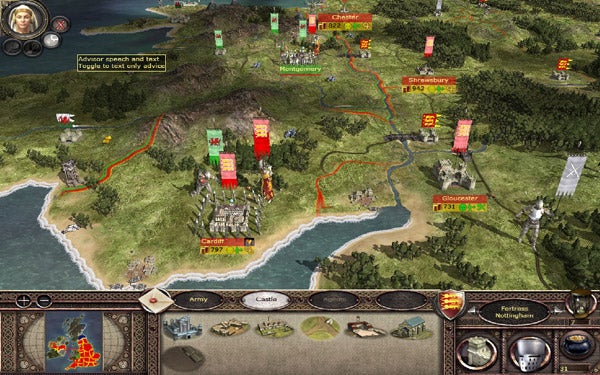
This isn’t the sort of expansion pack to convert doubters or rectify huge faults in the original, but it is an extremely generous bundle for fans of the game. At £14.99, the hour of play per pound factor is practically off the scale. Roll on the next Total War, but until Empires steams in to stir things up again, Kingdoms will do just fine.
”’Verdict”’
Kingdoms does exactly what a good expansion pack should do, not just adding new content but reinvigorating the whole game experience. Four campaigns, each one worthy of a separate release, make it a bumper value pack for Total War fans.

